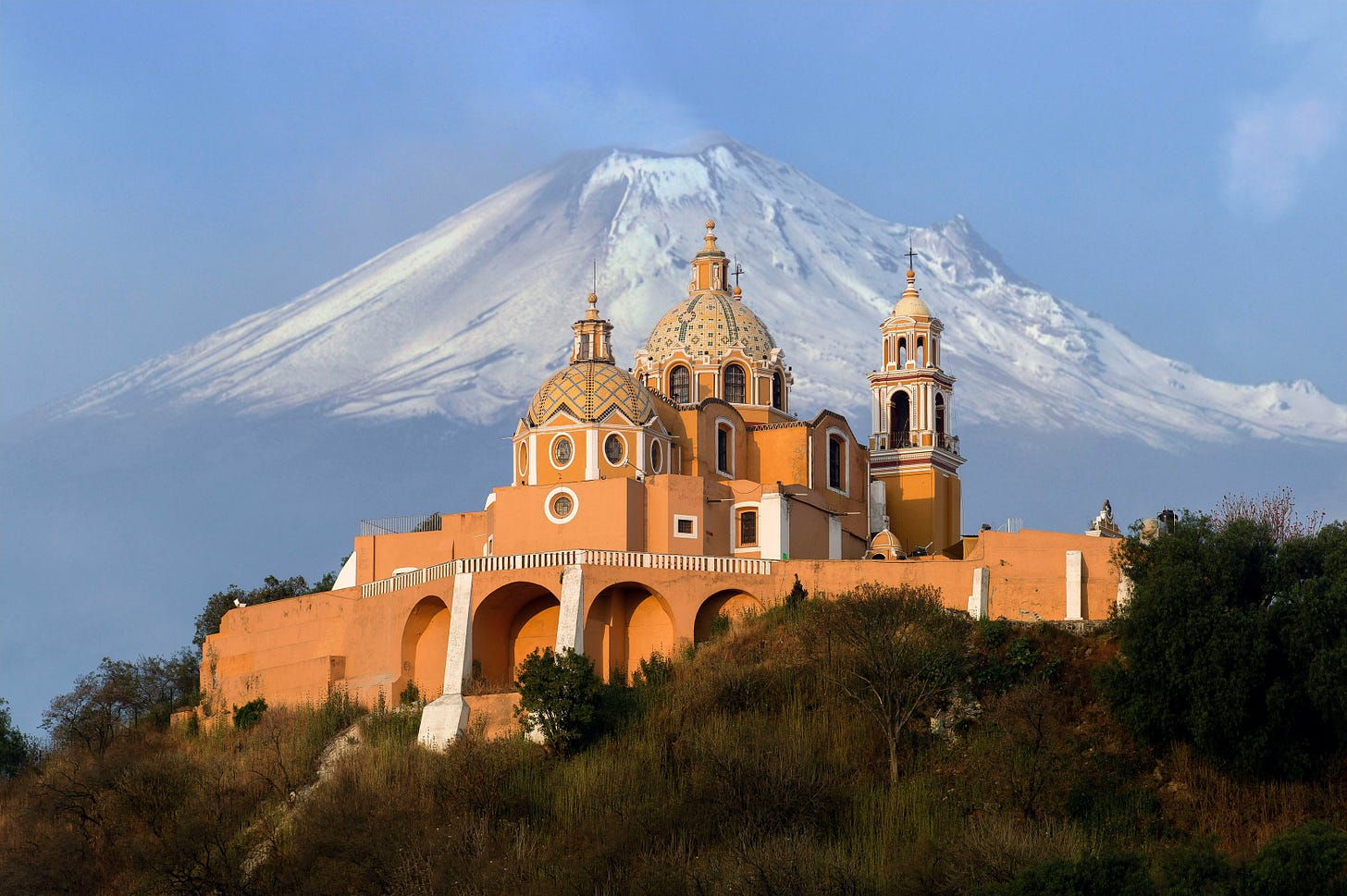When Travel Isn’t Always a Dream: Rethinking Destinations Through a Digital Nomad Lens
Life on the move
In the glossy world of Instagram reels and curated travel blogs, it’s easy to romanticize the nomadic lifestyle — sunsets in Bali, laptops by the beach, and endless adventure. But Alicia Walter and Nathan Stark, the duo behind The Passport Couple, have peeled back the filter. After visiting 47 countries over five years as full-time travelers and digital…




